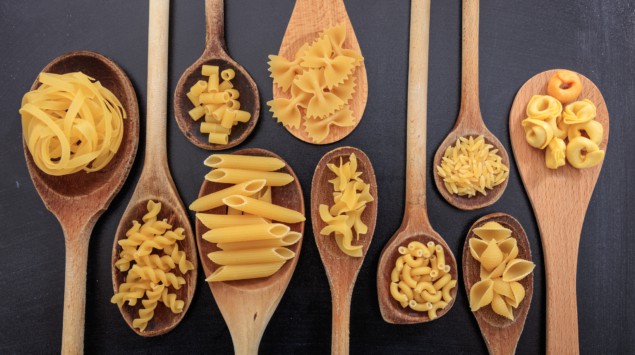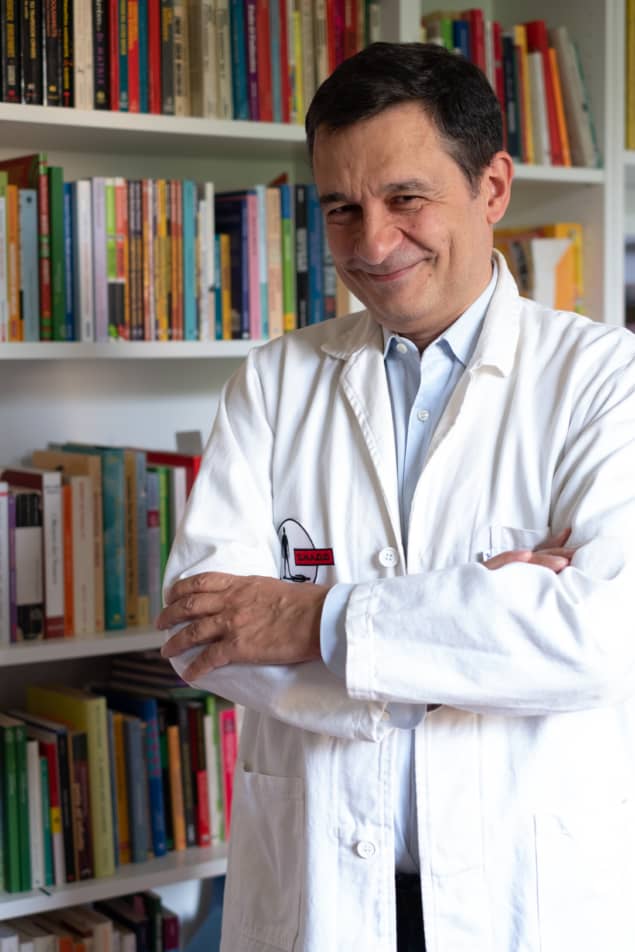
Today is World Pasta Day, an annual event celebrating the health benefits of this much-loved food staple. Originating from the 1995 World Pasta Congress, every 25 October is a chance for pasta producers to show off their products. But being a science journalist, I wanted to discover how we should be cooking pasta based on scientific principles.

I therefore sought the advice of Dario Bressanini, an Italian chemist who shares food-science tips via his YouTube channel. Bressanini’s curiosity for cooking began while following his mother’s recipes during his PhD at the University of California, Berkeley. “During that year of learning and experiments – with many failures – I began always asking myself ‘why?’ when I read the steps of a recipe,” he said.
Over the years, Bressanini has honed the art of many recipes, but here’s his approach to preparing dried pasta – the base ingredient for many homemade classics.
Step 1: Choose good-quality pasta
Standard pasta is made from semolina, the milled flour of durum wheat. It combines starch with protein in the form of gluten (or a substitute such as egg, soy or xanthan gum.) For the best results, Bressanini recommends choosing a pasta with at least 13% protein content. Otherwise, too much starch will leach out into the water and it will be difficult to achieve that lovely al dente balance between chewy and firm.
Step 2: Input energy
Bring a pan of water to the boil then toss in the pasta. Keep the pan on the heat until it reaches boiling point again (about 1 minute), stirring to prevent the pasta from clumping together. Once boiling point is reached, cover with a lid and remove from the heat.
Chef's tip
Add salt to taste but do not add oil to the water, which some chefs recommend to prevent pasta from sticking. The side effect is that oil on the pasta surface will diminish its capacity to hold the sauce.
Step 3: Let heat transfer take place
Now some of you might be screaming: “WHAT ARE YOU DOING!? SURELY YOU NEED TO COOK PASTA IN BOILING WATER AT 100 °C!”
Well, how come mountaineers are able to cook pasta at an altitude of, say, 5000 m where water’s boiling point is just over 83 °C? It turns out that a lot us who live at roughly sea level regularly waste energy when cooking.
The key thing is that heat transfers into the cold pasta from the warm surrounding liquid – which occurs whether or not it’s bubbling away like a cauldron. Indeed, as far back as 1799, the physicist Benjamin Thompson wrote about some of the fallacies of domestic cooking in his essay “On the construction of kitchen fire-places and kitchen utensils, together with remarks and observations relating to the various processes of cookery; and proposals for improving that most useful art”.
For cooking pasta, water only needs to be roughly 80 °C to allow these three processes to occur.
a. Diffusion of water into the pasta pieces, without which the middle would remain uncooked. Anyone who has soaked dried lentils overnight will know this process happens even with cold water. Warm water simply speeds things up.
b. Gelatinisation of starch (above 60 °C), in which the intermolecular bonds of starch molecules break down. In simple terms, the starch grains absorb water and swell, leading to a secondary process that softens the pasta.
c. Denaturation and subsequent coagulation of gluten (70–80 °C), where the protein complexes in the pasta lose their natural structure, opening up new binding sites to connect with other denaturated proteins. It’s the same phenomenon you see when poaching an egg and the white transforms from a gloopy mess into a firm, white base.
Chef's tip
It is crucial that once the pan has been removed from the stove that you minimise the heat escaping to the surroundings. Use a heavy glass lid and avoid lifting it to stir. Also try to leave the pan in the warmest available place.
Step 4: Eat and enjoy!
Your pasta should be ready after roughly 12 minutes, though timings will vary slightly depending on your pasta and specific set up. Drain the water using a colander and combine with your favourite sauce. Buon appetito!

The physics of bread
So why bother? Firstly, that marginal saving on your electricity or gas bill will add up over time, especially if you start applying the trick to other food (though the fuel saving will have a more immediate benefit if you’re out walking or hiking with a limited amount of gas). Second, if you’re cooking particularly delicate types of pasta, such as paccheri, they are much less likely to break.
But for Bressanini, his main motive is to constantly question what we do in the kitchen. “Why do we keep doing something that is useless?” he said. In these nonsensical days we’re all living through, perhaps Bressanini’s biggest contribution to the kitchen is a healthy serving of rational thought.
The Link LonkOctober 25, 2020 at 05:41PM
https://ift.tt/34sVToC
Don't go boiling mad when you discover these scientific secrets to perfect pasta! - physicsworld.com
https://ift.tt/31oM9uv
Pasta
No comments:
Post a Comment